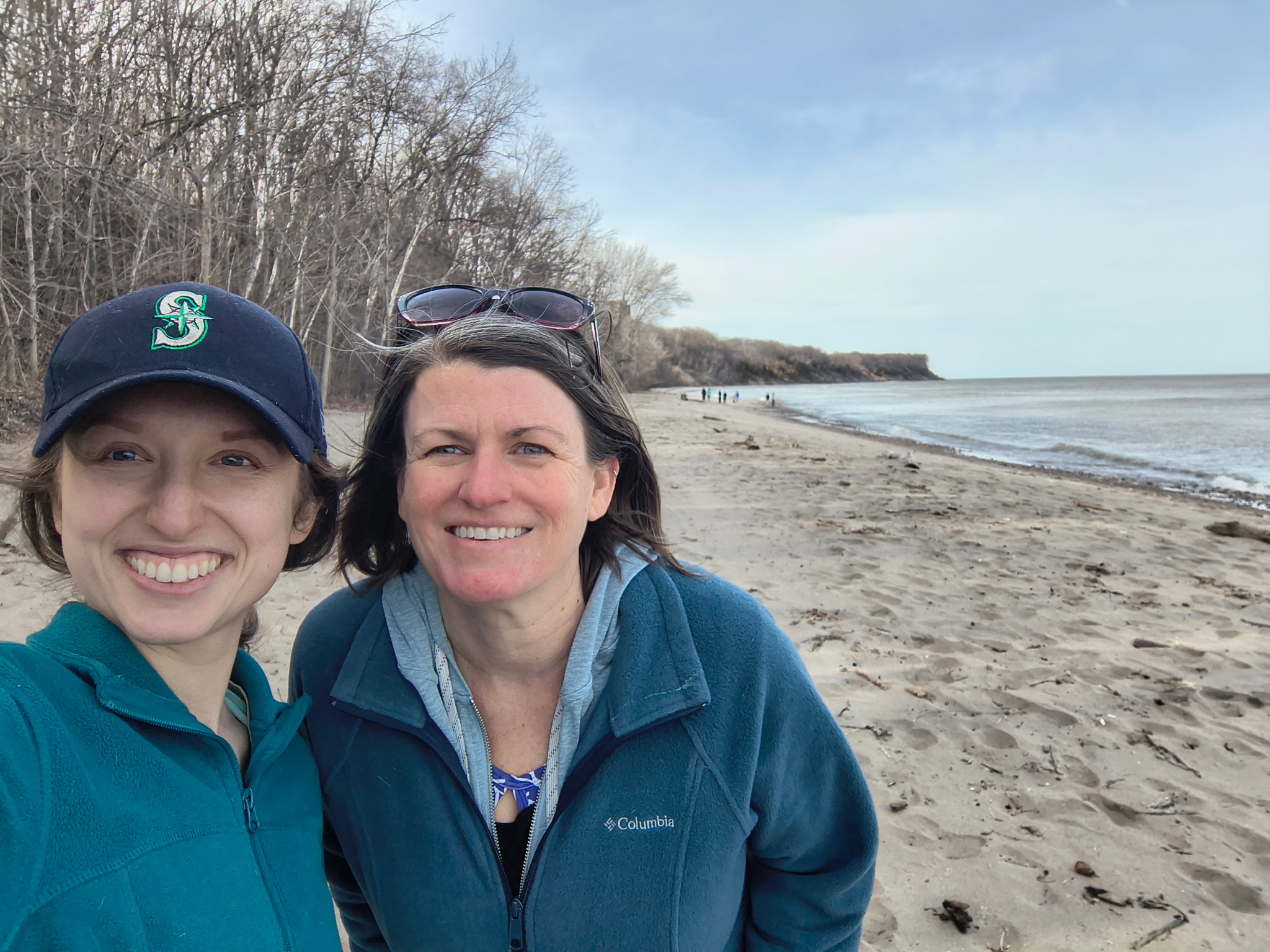Wisconsin anglers remain willing to pay a significant amount of money for a successful recreational fishing trip on Lake Michigan, but it varies based on the type of fish species in question.
That’s one of several takeaways from research conducted by Daniel Phaneuf, a University of Wisconsin-Madison professor of agricultural and applied and economics, and UW-Madison graduate student Jennifer Raynor. Their work, supported by Wisconsin Sea Grant, represents the latest quantification of the economic value of Wisconsin’s Lake Michigan sports fisheries—and the potential value of certain fish species to the anglers.
Over the course of the 2016 fishing season, Phaneuf and Raynor distributed surveys to licensed anglers. The surveys included a choice experiment designed to get fishers to rank different types of trip configurations, based on trip cost, the type and size of fish involved and how many of that fish they’d likely catch. For instance, anglers were asked if they would pay $100 for a trip that resulted in catching two medium-sized lake trout, or if they would not take a trip at all under those conditions.
“We wanted people to think about the different attributes of recreation trips, as well as the tradeoffs they’d have to make to enjoy each,” explained Phaneuf.
Based on Phaneuf and Raynor’s findings, a Wisconsin angler would be willing to pay an average of $140 dollars for a successful Lake Michigan trip that targeted Chinook salmon. Switch the fish to lake trout, a species that typically offers less resistance to being caught, and the average amount anglers were willing to pay dropped to $90. Those dollar amounts include everything from travel expenses to charter-trip costs.
“One big thing we can learn from this is that several species can generate economic value,” said Phaneuf. “That raises the question: Because of biological vulnerabilities with salmon and lake trout, what other fisheries could generate value?”
The responses indicated one big possibility is walleye, a species Phaneuf and Raynor also included in the survey. Respondents indicated that on average, they’d be willing to pay $180 for a successful, walleye-based fishing trip.
“Economics is all about tradeoffs,” said Phaneuf. “If salmon declines, can walleye take its place?
To come up with total dollar values, Phaneuf used creel survey data collected by the Wisconsin Department of Natural Resources to gauge the number of fishing trips actually taken by anglers in Wisconsin each year. From the most recent set of data, Phaneuf was able to multiply the number of trips by the survey results to estimate that Lake Michigan fishing trips for Chinook salmon generated $32 million in 2016, while lake trout trips produced $8 million and walleye trips $33 million.
Those numbers offer ample evidence that Wisconsin anglers value and use Lake Michigan fisheries.
“We’re used to thinking about the economic value of market activity,” said Phaneuf. “But it’s equally valid for non-market commodities like fishing trips. It reminds us that environmental resources do generate economic value, and this value should be considered in policy debates.”
Phaneuf and Raynor’s numbers are likely to be of key interest to state fisheries managers, who can potentially use them to guide their management decision and resource distribution. Given that the populations of native and non-native species are affected by everything from invasive species and environmental degradation to changes in state budget and policy, they could be especially valuable.
“It’s helpful to understand that people’s preferences are important in managing fisheries.“ says Raynor, who’s working on a Ph.D. in agricultural and applied economics. “There’s obviously a difference between considering the human dimension and managing for ecological purity.”
Phaneuf is hoping to follow up his Lake Michigan work with a more sophisticated analysis that examines how anglers’ values and preferences are changing over time. He will be adding data from Canada and the other Great Lakes.
“Looking back in time, there’s variation in the number of trips people took, as well as the number of fish they caught,” he said. “For instance, this means economic value was different when the salmon stock was higher than it is today.”





